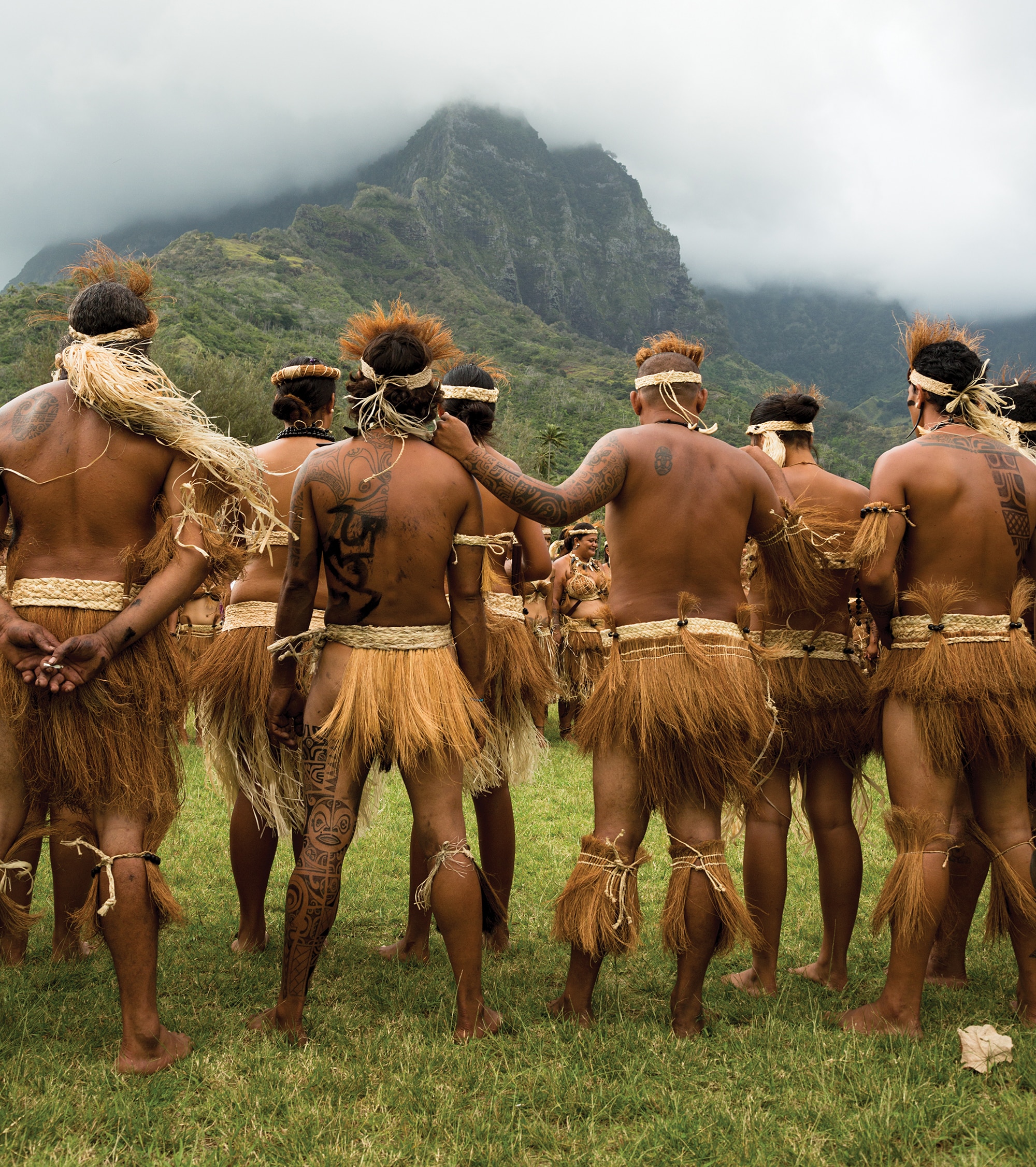Photo Essay: A Rare Look At The Marquesas Art & Culture Festival
On one of the world's most remote islands, the people of Polynesia hand down their traditions to the next generation without the rest of the world noticing. Until now. A rare look at the Marquesas Art & Culture Festival.
The Marquesas Art & Culture Festival was founded in 1986 to keep Marquesan rites and traditions alive for the younger generations. Last year, approximately 1,300 people from islands in the Polynesian Triangle — including Rapa Nui (Easter Island), Rikitea and Tahiti — came together on the Marquesan isle of Hiva Oa to play sports, learn tattooing, create art, and teach songs and dances. The festival's theme: haahua tumu i te. A return to basics.
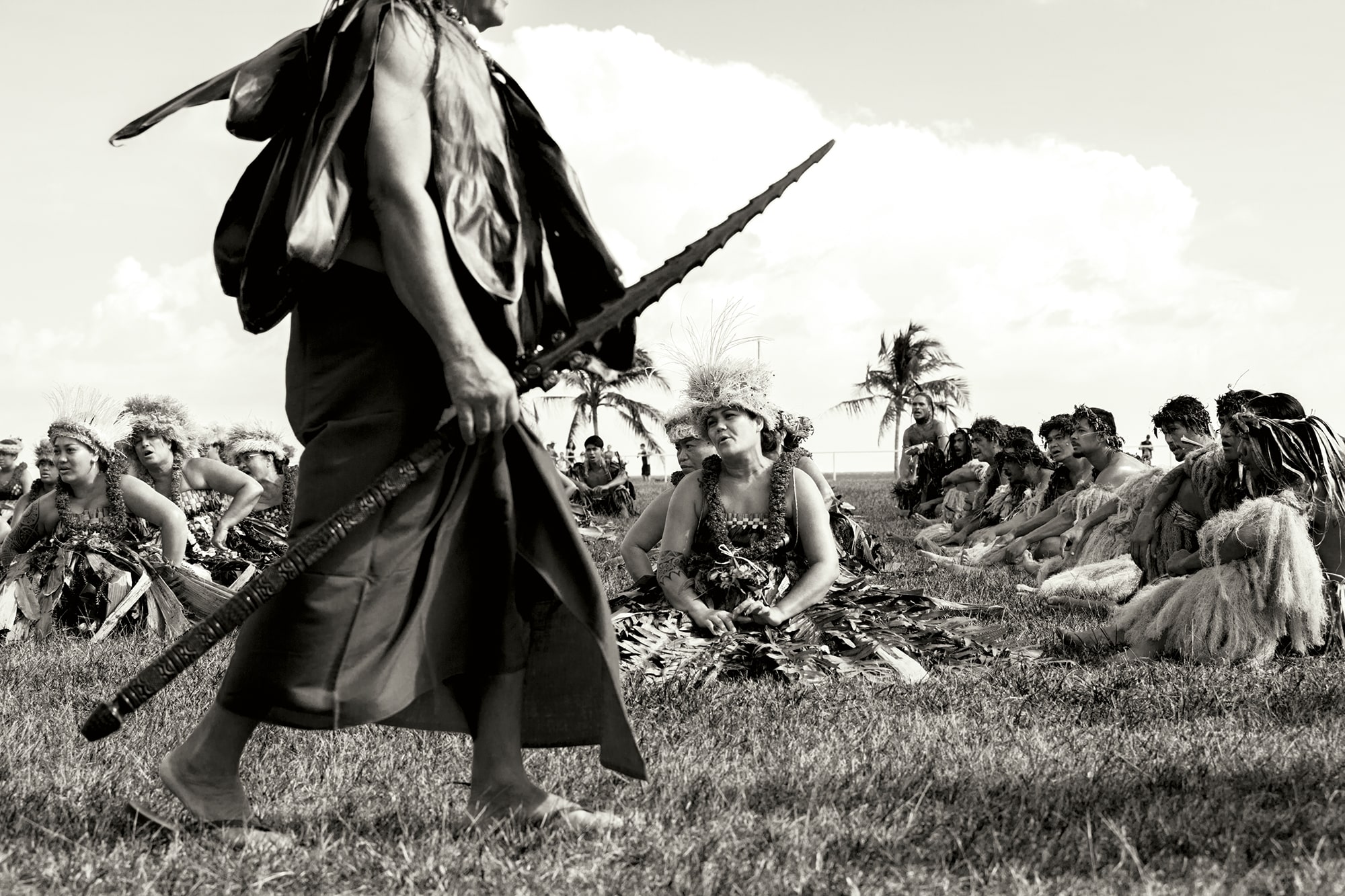
One thing Polynesians do not come together for: tourists. The intimate festival — which takes place every four years — is meant for indigenous populations, not our Instagram feeds. In fact, a Tahitian reporter interviewed Strazis because she was a unicorn: a foreign journalist invited to document the festivities.
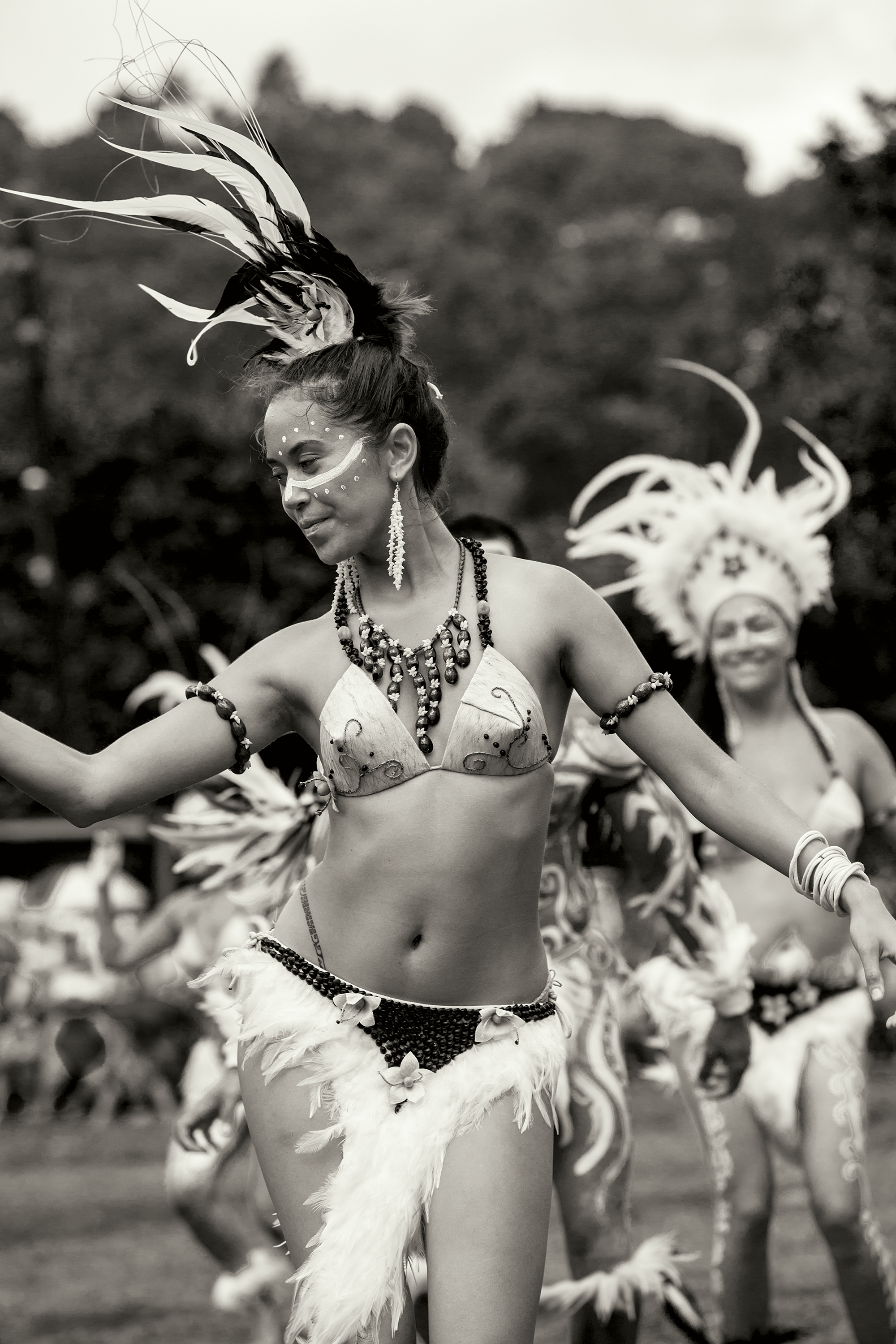
At communal lunch, the food is carried in 6-foot-long, hand-carved vessels, filled with whole pigs, beef, goat, cassava, bananas and octopus, to the ground ovens to be cooked. The only rule is you must bring your own biodegradable plate. Strazis opts for half of a coconut shell. Chanting men, beating drums and shell horns serve as the meal's soundtrack. The women's costumes are adorned with feathers and seeds, and the men wear little more than body paint.
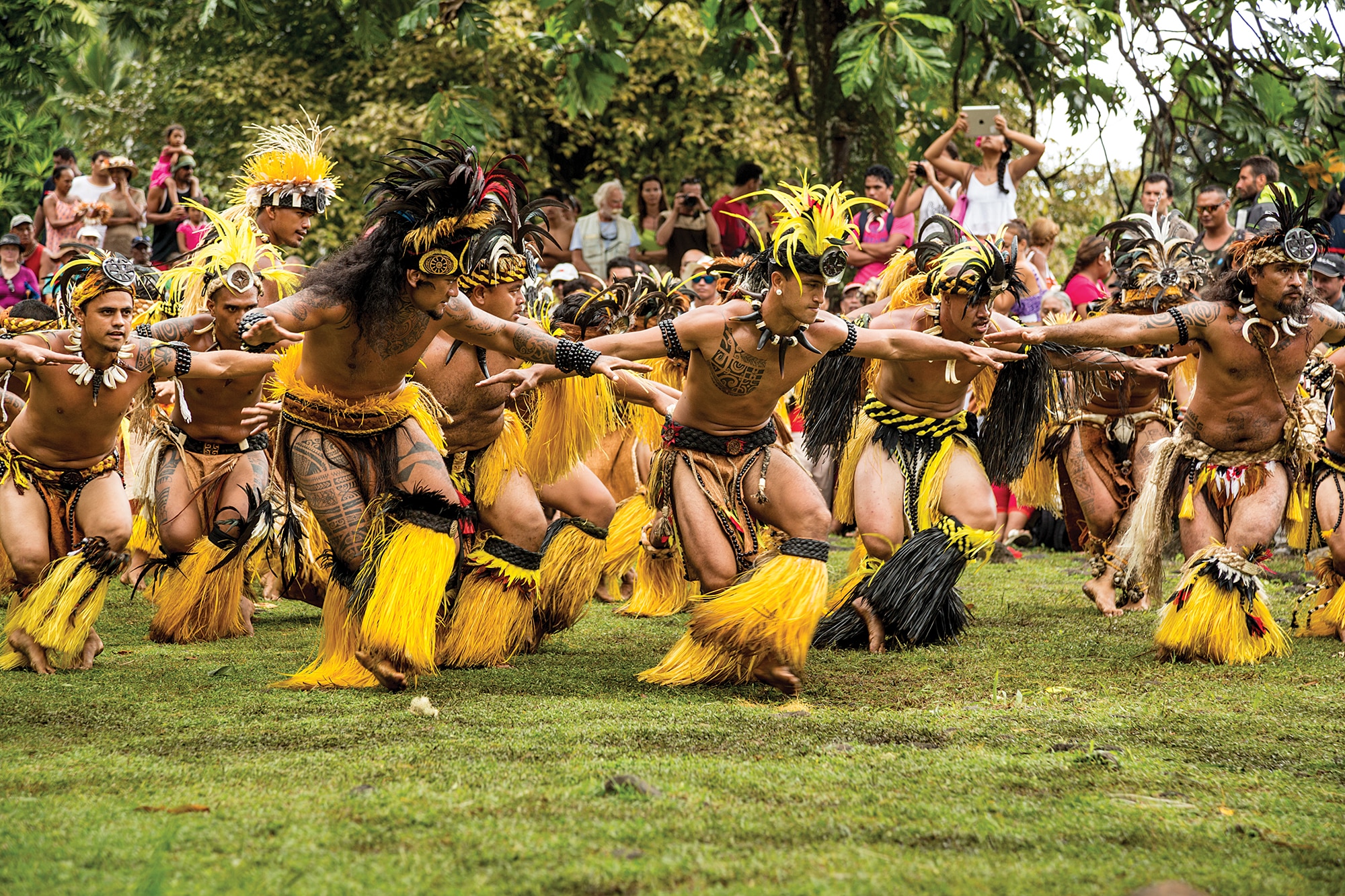
There are a few hairpin turns on dusty roads and an uphill hike through a hot and humid afternoon to reach Tohua Upeke, the remote, sacred site for the day's performances. The trek is so intense Strazis "almost asked a passing local on horseback — bareback, of course — if I could get a lift." Before the performance, the men disappear into the trees and bushes, trying to hide as they dress and prepare. The story of each island is told through dance. The intense movements, beating drums and bursts of pouring rain are enough "to give me goose bumps many times over," Strazis says.
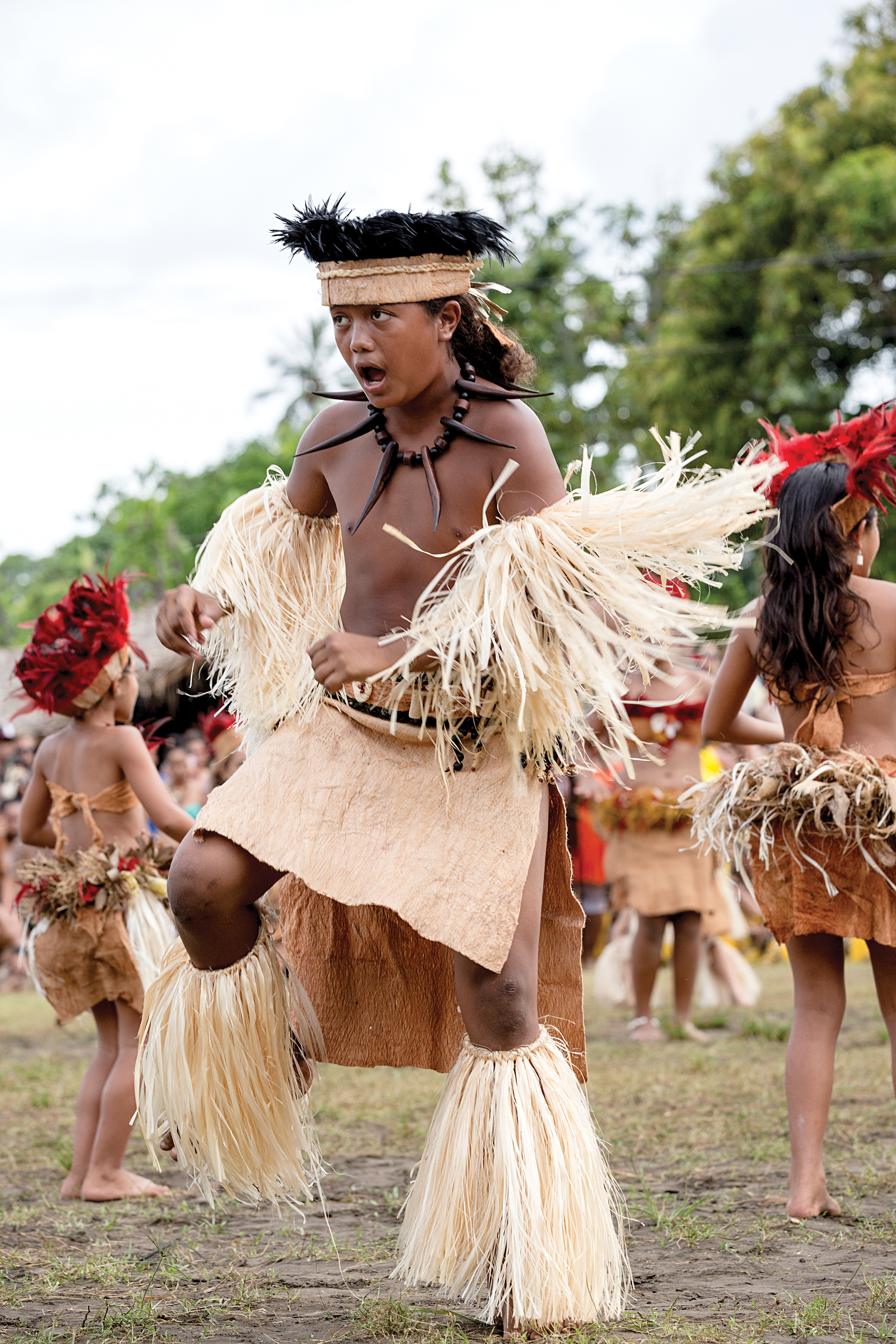
Lipona, outside the village of Puamau, is the central site for the last day. One of the oldest sacred sites in all of Polynesia, Lipona has tikis and carvings that date back to the early 1800s. Lipona is so remote and difficult to reach that many of the festivalgoers do not attend.
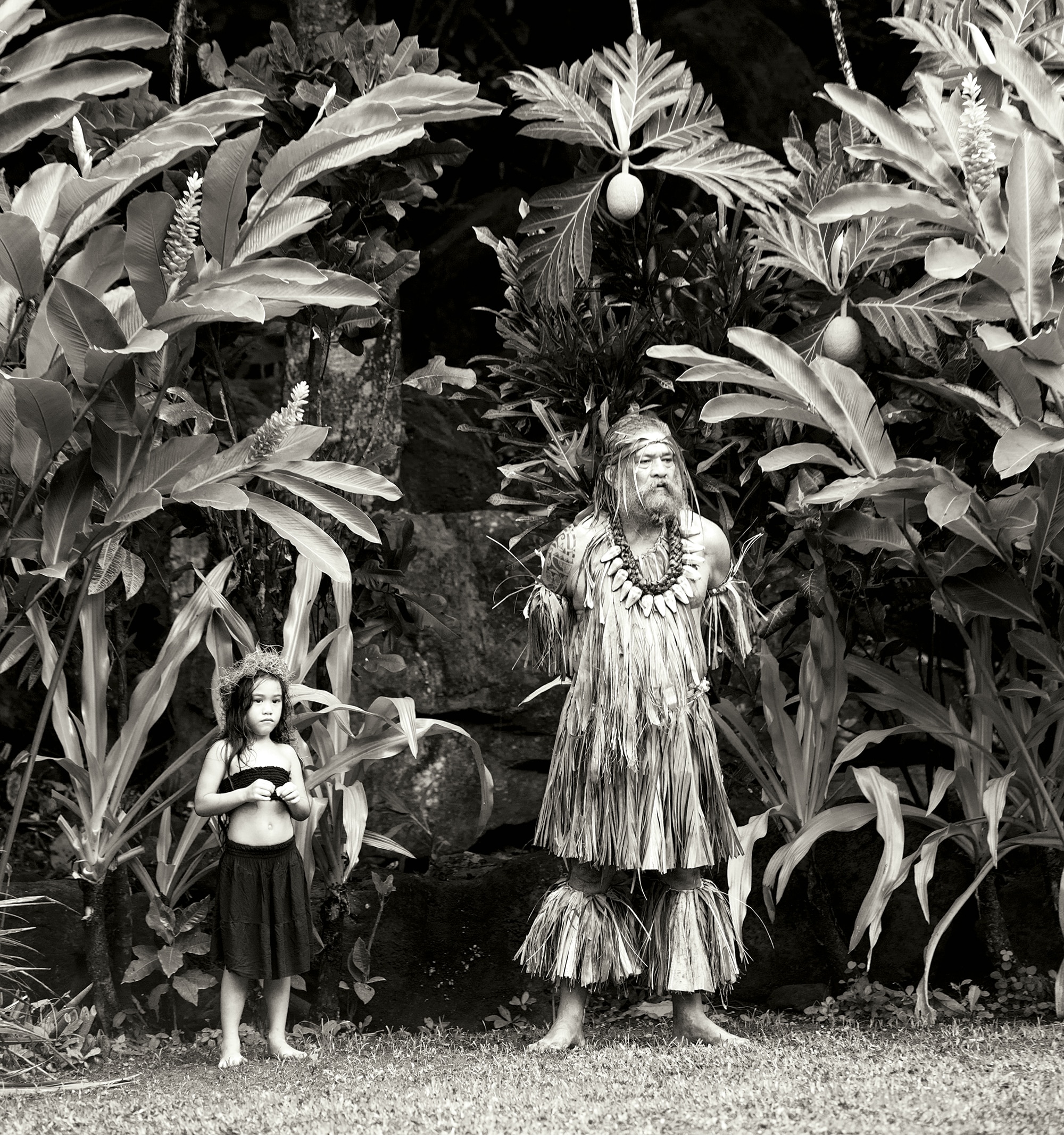
It is a joyous denouement: islanders pulling other delegates into their dances only to see them stumble and laugh; Hiva Oa girls trading pareos for feathered armbands from the Rapa Nui boys; handmade gifts presented to the host island. This photo of an elder and a young girl "sums up everything the festival is about," says Strazis. "Ensuring the culture is handed down to the next generation."
